In a high-stakes push to end the Gaza conflict, U.S. President Donald Trump has presented a sweeping 21-point peace plan aimed at halting hostilities, releasing hostages, and reshaping governance in the strip. The proposal, introduced to Arab leaders amid mounting international pressure, seeks to reframe the path forward in one of the world’s most entrenched conflicts.
Key Elements of the Plan
The framework includes several major components:
- Permanent Ceasefire: The plan calls for a lasting end to military operations in Gaza, ending the cycle of bombardment and retaliation.
- Hostage Release: Under the proposal, all remaining Israeli hostages held by Hamas would be freed shortly after the agreement is finalized.
- Withdrawal of Israeli Forces: A staged Israeli pullback is envisioned, with security guarantees to prevent renewed militant activity.
- New Governance Structure: The plan envisages a Gaza authority without Hamas. Instead, a transitional administration would be established, later giving way to civilian governance overseen by Palestinian bodies under international oversight.
- International Stabilization Force: To maintain security during transition, multinational forces would monitor and help enforce disarmament, including ensuring that no part of the new authority is controlled by armed groups.
- Limits on West Bank Annexation and Territorial Integrity Protections: Several nations supporting the proposal have demanded assurances that Israel will not annex parts of the West Bank. The plan also advocates preserving the status quo in Jerusalem.
- Humanitarian Access and Reconstruction: The proposal emphasizes facilitating relief deliveries, rebuilding infrastructure, and ensuring that civilians are not further displaced.
Reaction from Regional Actors
Arab leaders expressed cautious support for large parts of the plan but pushed back on areas they view as problematic. Their demands include stronger guarantees for Palestinian statehood, oversight of Israeli settlements, protections against annexation, and humanitarian safeguards. Some leaders voiced skepticism about whether Trump could exert enough influence over Israel’s leadership to make the plan stick.
Challenges Ahead
The plan faces several major obstacles:
- Netanyahu’s Resistance: Israeli Prime Minister Benjamin Netanyahu has maintained a hardline position in Gaza, insisting the conflict continues until Hamas is dismantled. Whether he will agree to major concessions remains unclear.
- Hamas’ Role: The plan excludes Hamas from governance, requiring that the group surrender its weapons to neutral third parties. Whether Hamas will accept these terms—or even engage seriously with the proposal—is a critical unknown.
- Enforcement Mechanisms: The success of the plan hinges on neutral third parties assuring compliance, both from Israel and Palestinian actors. If enforcement is weak or inconsistent, the ceasefire risks collapse.
- Public Perceptions and Legitimacy: Many Palestinians view any plan that sidelines Hamas with suspicion. The transitional authority and the question of who controls reconstruction and public services will be closely scrutinized.
- International Backing: While the plan seeks broad Arab support, its success depends on backing from the United States, European states, and regional powers. Diplomatic pressure or lack thereof may determine its viability.
What to Watch
- Whether Israel formally accepts the plan’s terms or pushes back on key clauses.
- How Hamas responds—whether it rejects the proposal or enters into negotiations.
- Who will make up the transitional governing body, and whether it is seen as equitable and neutral by Palestinians.
- The timing and pace of hostages’ release, which could become a political litmus test for the plan’s credibility.
- Whether the plan reignites diplomatic momentum or collapses under internal and external pressure.
In sum, Trump’s 21-point proposal represents one of the most detailed attempts yet to recalibrate Gaza’s future — but it enters a battlefield of entrenched mistrust, high stakes, and thin margins for error. Only time will tell if it can bridge divides or simply amplify them.

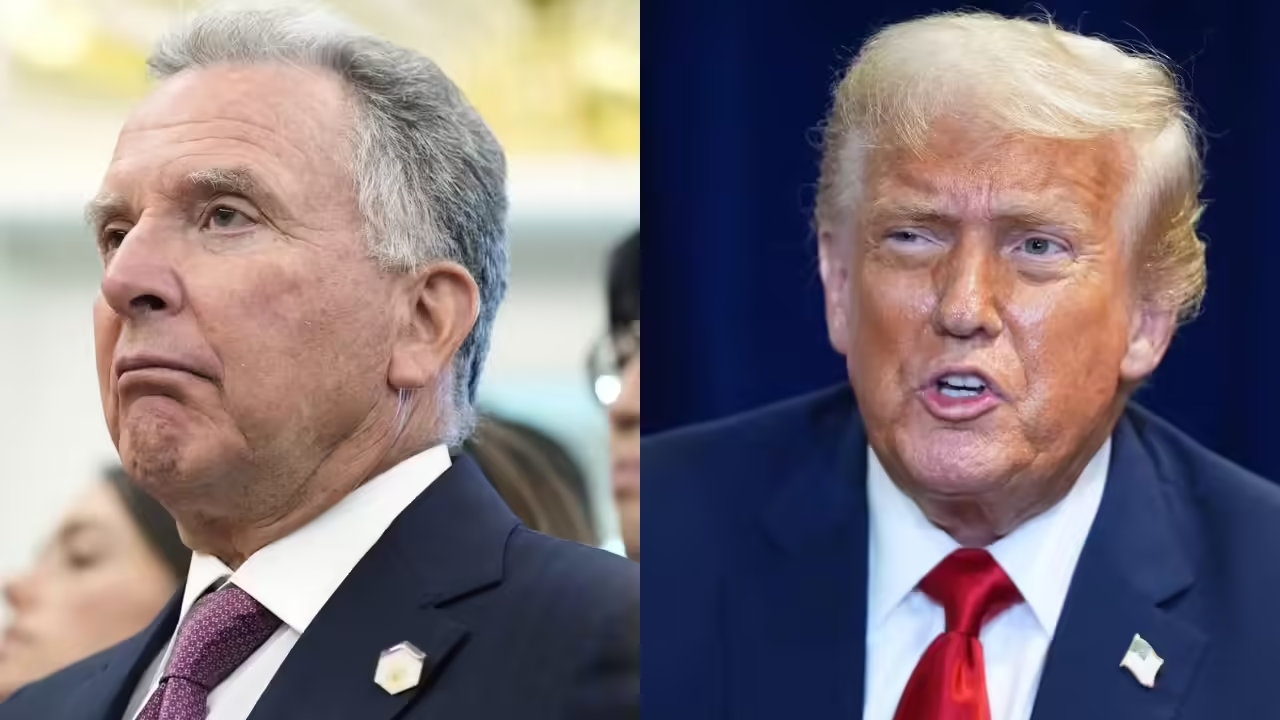
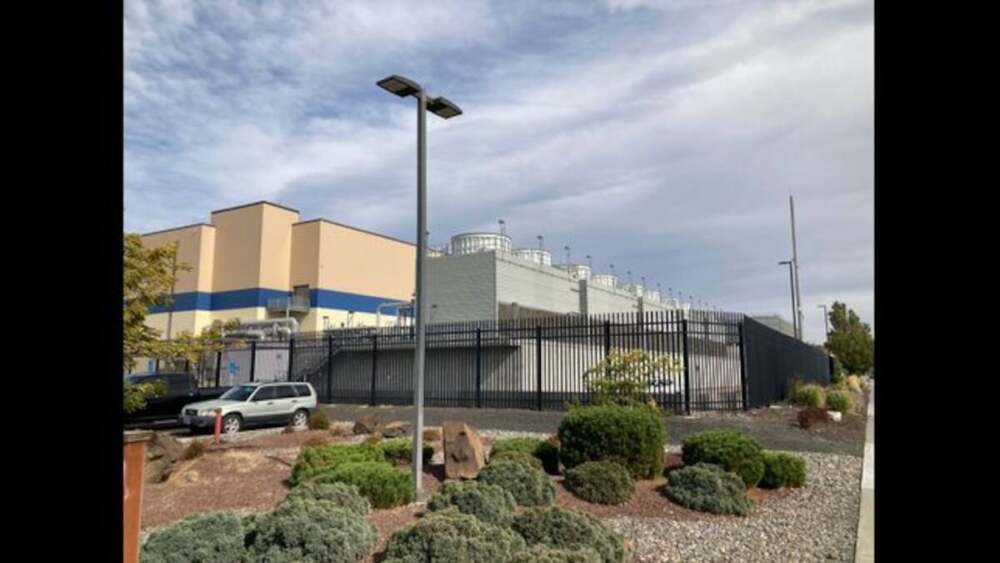
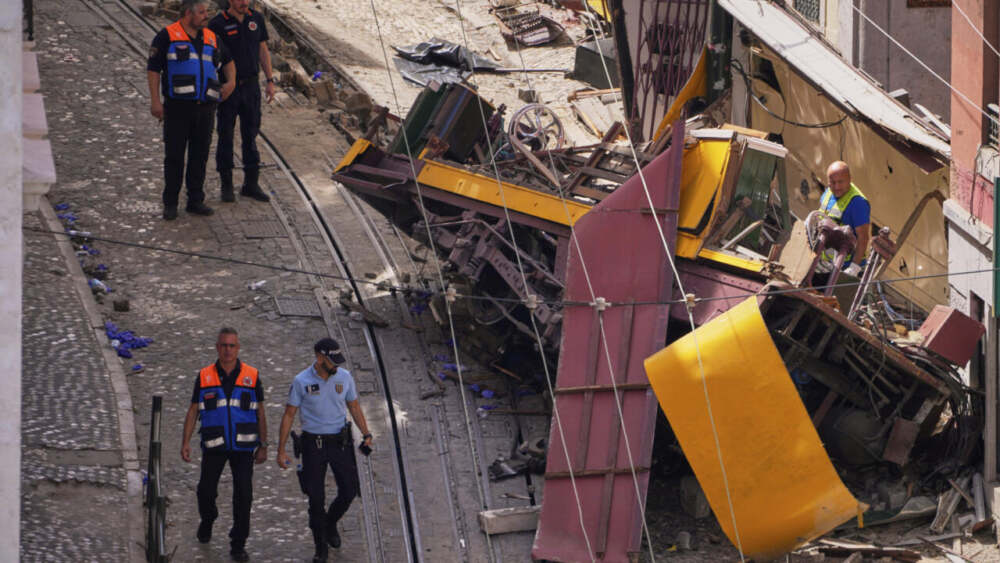
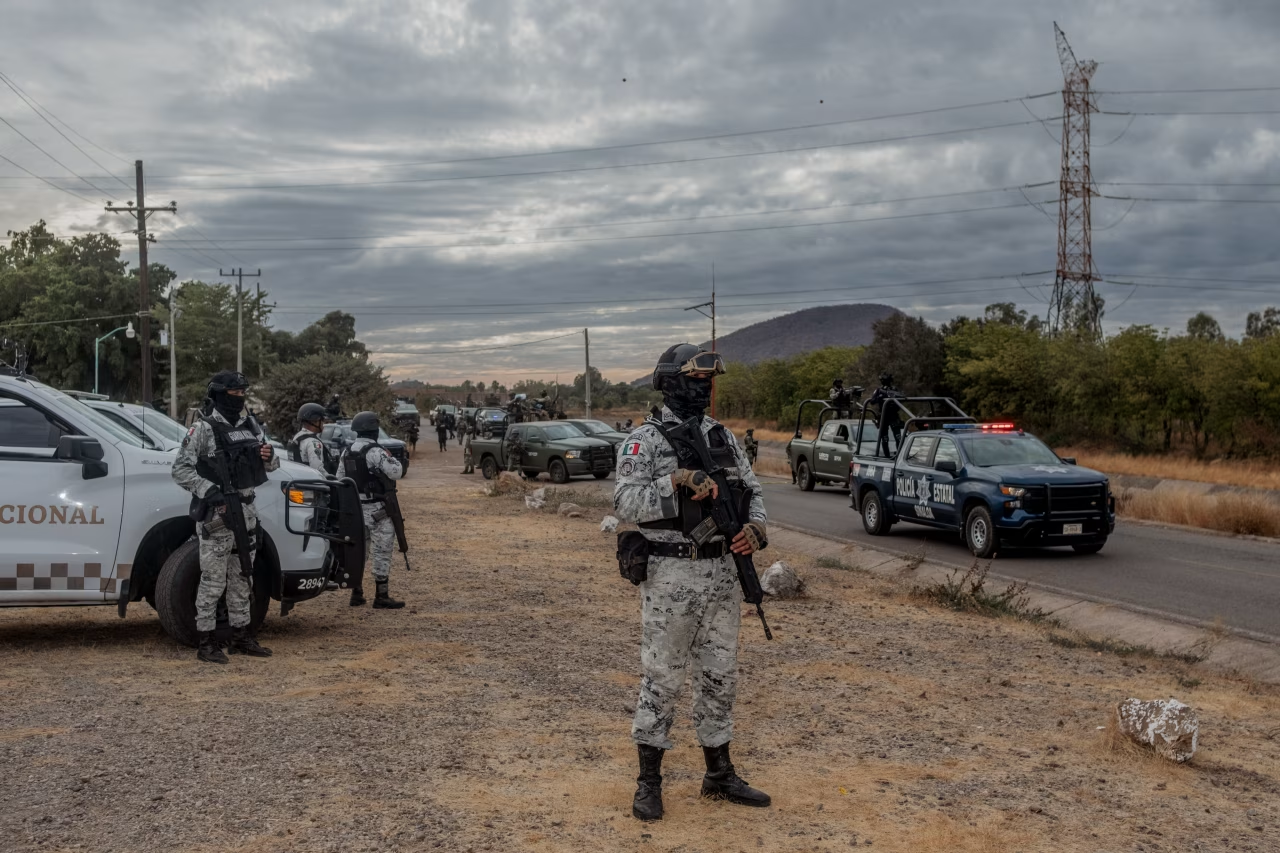

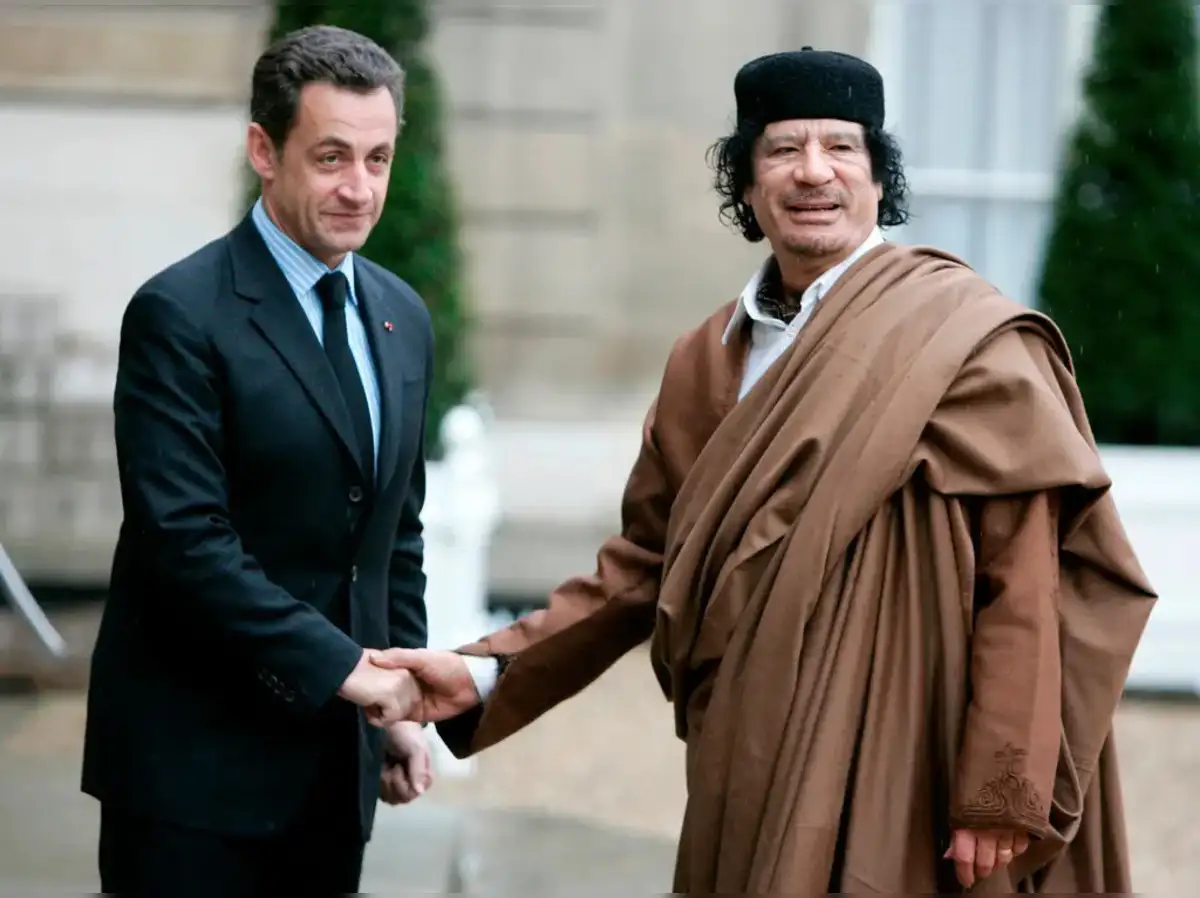









Leave a Reply